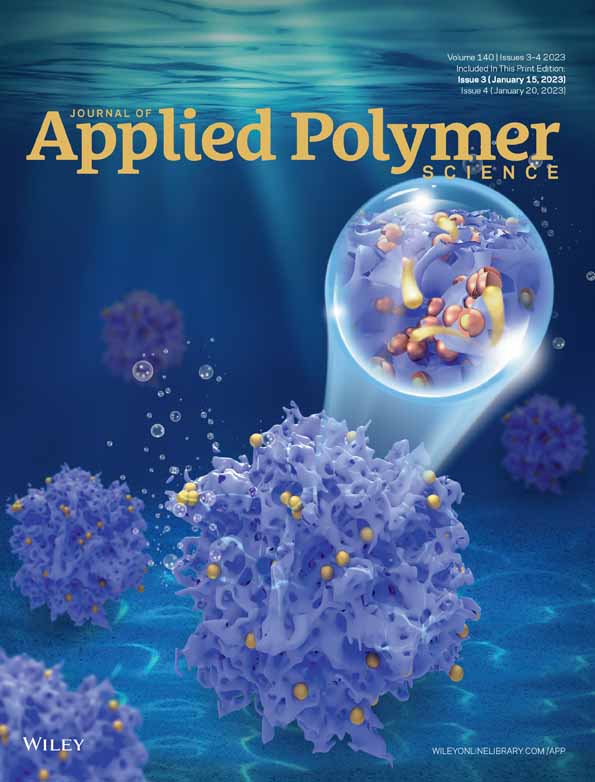Effect of heat-treatment on compressive response of 3D printed continuous carbon fiber reinforced composites under different loading directions
Funding information: National Natural Science Foundation of China, Grant/Award Number: 51905555; Hu-Xiang Youth Talent Program, Grant/Award Number: 2020RC3009; Innovation-Driven Project of Central South University, Grant/Award Number: 2019CX017
Abstract
This paper investigated the effects of heat-treatment and loading directions on compressive properties of 3D printed continuous carbon fiber reinforced composites (CCFRC). After heat-treatment at different conditions, specimens with different stacking sequences were compressed under different loading directions. The effect of heat-treatment on the porosity and crystallinity of composites was investigated. The porosity of short carbon fiber reinforced composites decreased but that of CCFRC increased after heat-treatment at 200°C. The compressive properties of specimens were investigated in combination with changes in porosity and crystallinity. It was found that the compressive properties of composites usually increased with decreasing porosity induced by heat-treatment. While the fiber direction was parallel to the applied loading direction, the yield strength of C-CCFRC and S-CCFRC increased from 208.1 to 281.6 MPa and from 218.5 to 264.4 MPa, respectively, though the porosity increased. After heat-treatment at 100°C for 4 h, the crack initiation of CCFRCs was delayed during compressive tests. Besides, heat-treatment could change failure modes of CCFRC after heat-treatment at 200°C for 4 h. More specifically, heat-treatment at 200°C for 4 h could result in delamination and a decrease in energy absorption of C-CCFRC (from 7.23 to 4.05 J).
CONFLICT OF INTEREST
The authors have no competing interests to declare that are relevant to the content of this article.
Open Research
DATA AVAILABILITY STATEMENT
The data that support the findings of this study are available from the corresponding author upon reasonable request.




